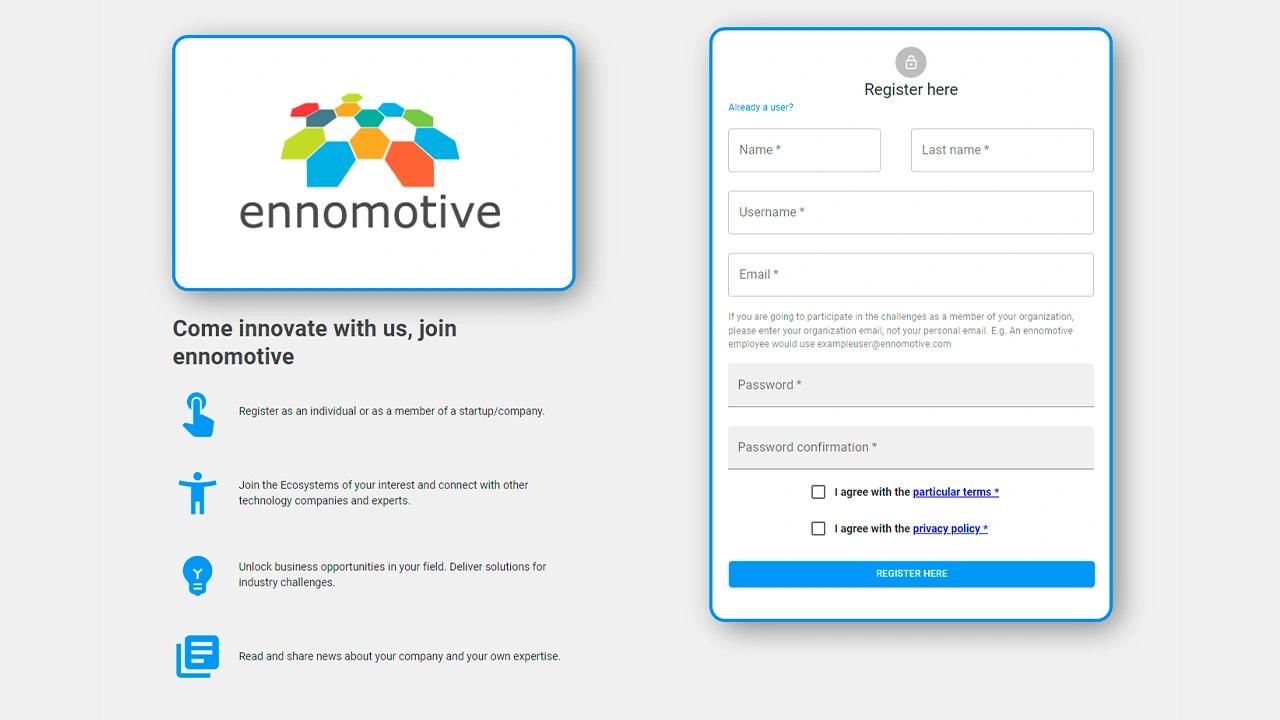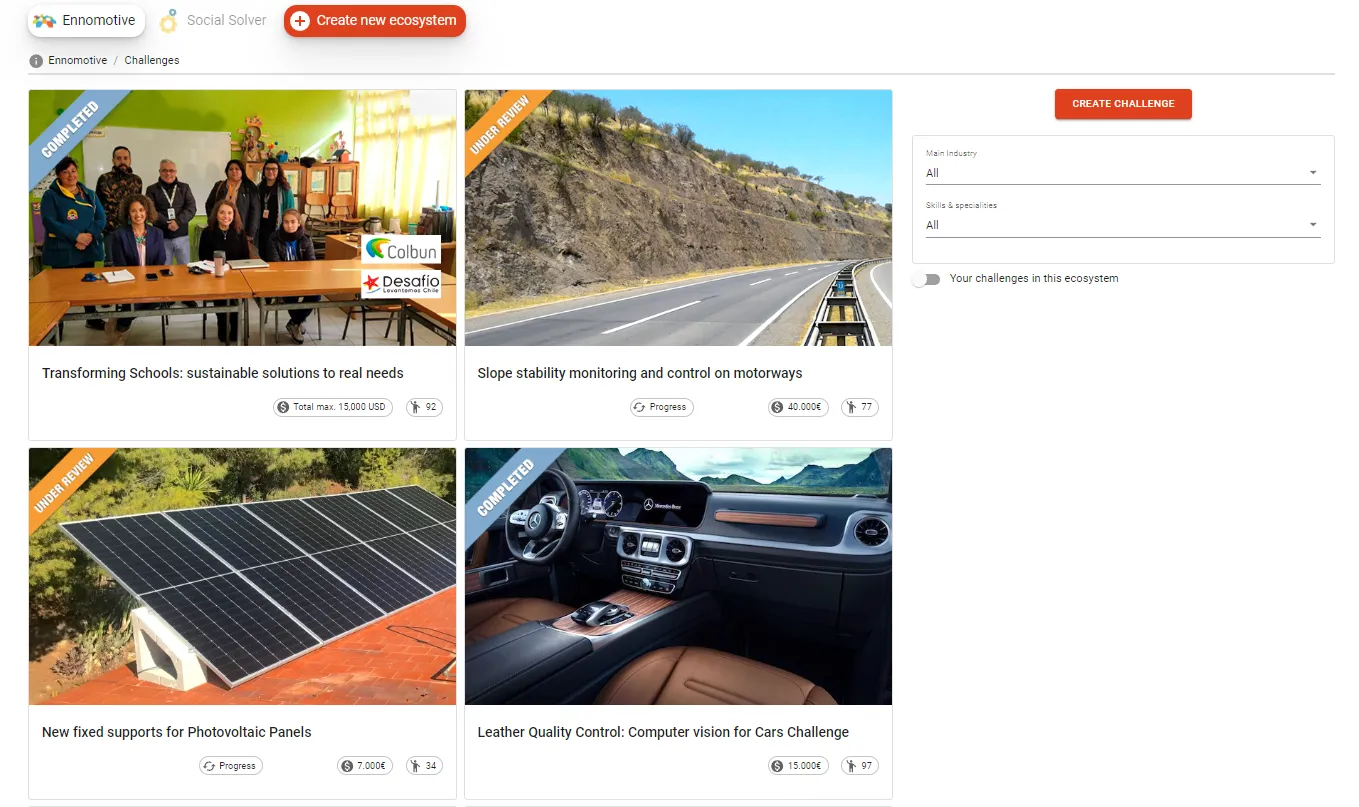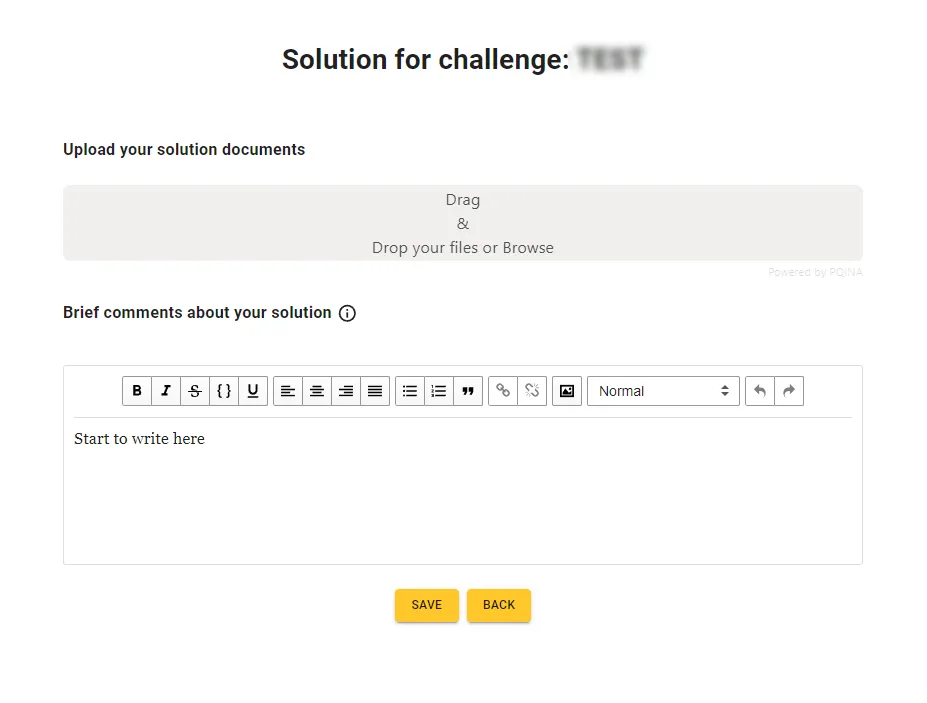Background
Our client is a leading manufacturer of liquid sterile solutions in the medical devices sector. The company is trying to introduce their own cleaning contact lenses case to help consumers perform an easy cleaning with the minimum sterile solution but maximum efficiency.
The challenge
A nice new case has been recently developed, however latest tests have shown that prototypes are not fully sealed; In fact, during cleaning process the solution leaks when you start to press with your fingers.
Actual case is intended to be used as follows:
- Open the case
- Add 6 drops of the cleaning liquid in the bottom cavity
- Insert the lenses in the upper cavity
- Close the case
- Press the case with two fingers (two hands)
- Wipe disinfection moving the fingers
However, to achieve a good and sterile cleaning, the seal needs to be ensured.
Actual case (3D model provided with the challenge) is made of two similar receptacles for left and right lenses and uses two different materials:
- A soft plastic that is in contact with the lenses. This material (specification attached to the challenge) complies with the European Pharmacopoeia requirements.
- A hard plastic made of Polypropylene (PP) with 30% talc. The material is rigid and colored and the soft plastic (SEBS) is injected over this part.
The solution to clean the lenses is transparent with a pH of 7,4 and 30 cP viscosity; it contains sodic clorure, hydroxypropylmethylcellulose as viscosity agent and poloxamer as tensioactive.
What the client is looking for
This competition is intended to find a better or different design (modifying the actual design, creating a new design, use different materials, use another elements…) for the purpose of an optimum seal.
Required functionalities of the new case:
- Easy to use
- Optimum seal
- Lenses easy to clean by wipe disinfection
- Left and right cavities cleaning liquid can not be mixed
- Minimum liquid volume required to keep the lenses hydrated is 0,3ml
We foresee two approaches to get the seal:
- Reuse the actual design (3D attached)
- Create a new solution (e.g. screwed design)
Actual case 3D model, pictures, video and plastic documentation are attached to the challenge. To visualize the 3D model you can use http://stpviewer.com (for windows OS).
This is a three round tournament with the following deliverables:
First round
- Draft design for the case, including a description of how do you ensure the seal
Second round
- A detailed 3D model of the case
Third round
- Clarifications
During this round the client will manufacture and test prototypes to confirm requirements, particularly leak tests.
Evaluation criteria
The evaluation criteria in each of the rounds of the tournament for the proposed solutions are:
- Optimum seal
- Lower cost per unit (plastic injection and manual assembly)
- Lower investment required (mold modification / new mold)
- Attractive design (for new design)
- Easy to use
Timeline
This is a 3 Rounds tournament:
1st round: 6 weeks + 1 week for evaluation
2nd round: 4 weeks + 1 weeks for evaluation
3rd round: 12 weeks + 1 week for final evaluation



